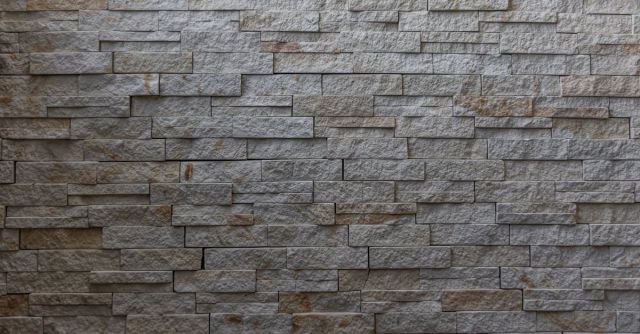When it comes to concrete finishing, floatation is one of the most important steps. A float is a hand tool used to create a level, even surface on the concrete before it is covered with a sealant. The right float can help you achieve a professional look and smooth finish, while the wrong one can leave you with an uneven and unacceptable result. So, it is important to choose the right float for your concrete finishing project.
This guide will help you understand the different types of floats, their features and advantages, as well as how to choose the right one for your project.
Types of Floats
There are several types of floats that can be used for concrete finishing. The most common types are:
- Wood Floats: Wood floats are used for smoothing and leveling concrete surfaces. They are made of wood, usually pine, and have rounded edges for easy smoothing.
- Magnesium Floats: Magnesium floats are made of magnesium and are used to create a very smooth finish. They are also more durable than wood floats and don’t leave marks on the concrete.
- Plastic Floats: Plastic floats are made of rigid plastic and are used for troweling and finishing concrete surfaces. They are lightweight, easy to use, and don’t leave marks on the surface.
Features and Advantages
Each type of float has its own features and advantages. Wood floats are lightweight and easy to use, and they don’t leave marks on the concrete. Magnesium floats are more durable and create a very smooth finish. Plastic floats are lightweight and don’t leave marks on the surface.
How to Choose the Right Float
When choosing the right float for your concrete finishing project, there are several factors to consider. First, you need to decide which type of float is best for your project. Wood floats are good for light-duty work, while magnesium and plastic floats are better for heavy-duty work.
Next, you need to consider the size of the float. The size of the float should be large enough to cover the area you are working on, but not too large to be unwieldy.
Finally, you need to consider the features and advantages of each type of float. Wood floats are lightweight and easy to use, while magnesium and plastic floats are more durable and create a smoother finish.
Conclusion
Choosing the right float for your concrete finishing project is essential for achieving a successful result. Different types of floats have different features and advantages, so it is important to consider the size, type, and features of each float before making a decision. With the right float, you can achieve a professional look and smooth finish that will last for years.






